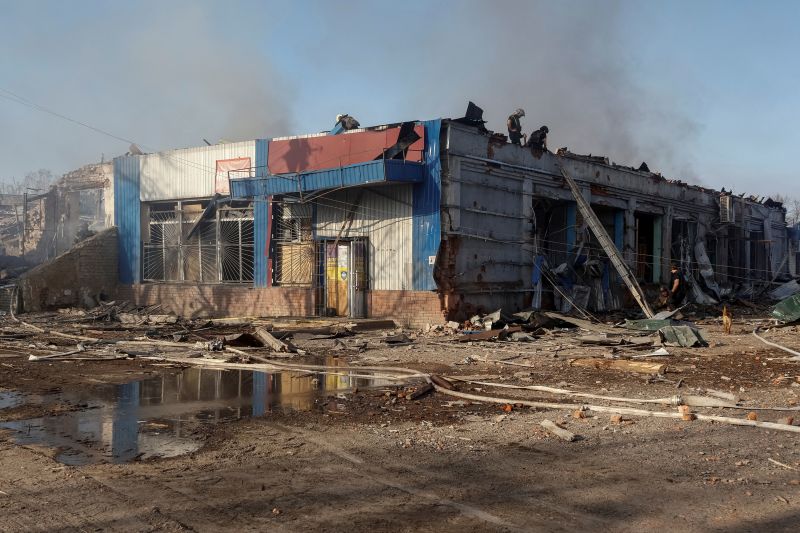As the escalating conflict between Russia and Ukraine continues to unfold, the city of Kharkiv, Ukraine’s second-largest city, has become a critical battleground. The once bustling city, renowned for its cultural heritage and industrial prowess, is now a site of despair and resilience as it grapples with the relentless Russian offensive.
Residential areas, once filled with the sounds of life, resonate with the echoes of artillery and gunfire. The citizens of Kharkiv resiliently rally to the cause of defending their homeland, an endeavour marked as much by their valour as by their desperation. A seemingly endless stream of volunteers join the city’s defenses, ready to pay the ultimate price for their nation.
Simultaneously, Ukrainian military forces are engaging the Russian onslaught in a merciless and unyielding clash outside the city. The battle lines are not just marked in the physical realm but extend to the psychological landscape as well. Fear, resignation, defiance, bravery, these are the invisible forces shaping this conflict as much as any real-world military strategy.
The Ukrainian forces, undertrained and under-equipped compared to their adversaries, yet propelled by an indomitable will, defend the city’s outskirts ferociously. They have transformed the city into a fortified bastion, determined not to cede an inch of their land to the advancing Russians.
And the city shows telltale signs of this fierce resistance. Everything is burning, says one of the city’s defenders, likening the landscape to a fiery hellscape. Smoldering buildings, charred vehicles, and a burning horizon punctuate this grim scene.
These fires also symbolise the defiance and the indomitable spirit of the city and its citizens. Despite the unceasing artillery shelling and the looming dread, hope is not a completely extinguished ember in Kharkiv. The city’s defenders continue the good fight, not merely for territorial dominance, but for the fundamental concepts of sovereignty and freedom.
In the midst of this chaos, a few harrowing tales of survival emerge. Stories about elderly civilians seeking shelter in basements, families huddled together in bomb shelters, and children being flung into a brutal reality are not uncommon. Nevertheless, most stories speak of a resilient spirit, an unwillingness to yield to fear or intimidation.
The technological aspect of the conflict is equally notable. Ukraine’s digital army, composed mainly of civilian volunteers, is using innovative strategies to resist Russia’s advance. Through an intersection of technical and non-technical measures, strategies such as drone surveillance and cyber disruptions are employed to counter Russia’s superior military strength.
This convoluted struggle outside Kharkiv represents the broader narrative of Ukraine’s plight: a battle for survival against tremendous odds. Beneath the smoke and ruins of the city, the spirit of resistance not only burns brightly but threatens to set ablaze the ambitions of those who dare to challenge Ukraine’s tenacity.
In the annals of Kharkiv’s history, these days will likely be remembered as a time of grim struggle and heroic resilience. As the defenders’ battle cry resonates across the battlefield – a promise to their city and to each other that they will not retreat, the world watches with bated breath. Whether for better or worse, the unfolding events outside Kharkiv are indeed creating an indelible mark on the landscape of global geopolitics.




